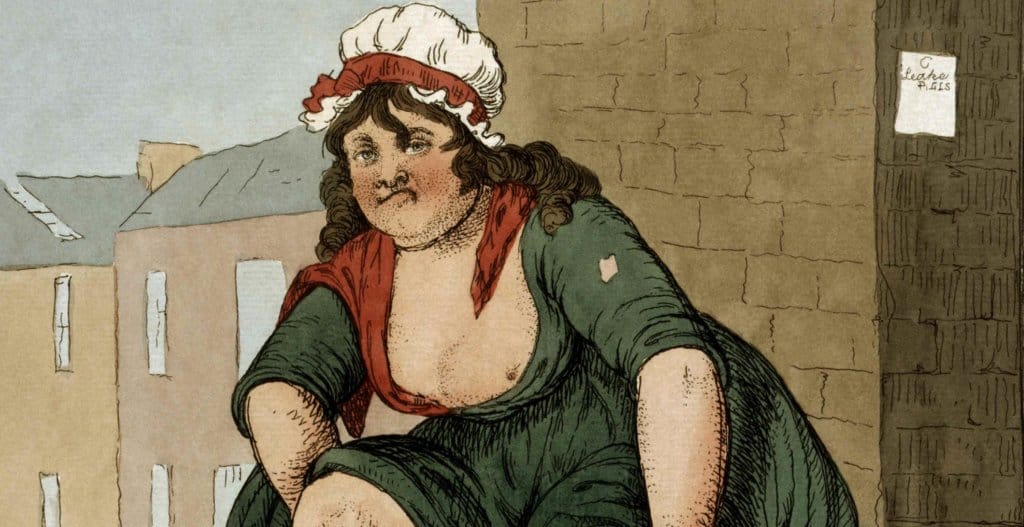If you venture down Redcross Way, a quiet backstreet in SE1 running parallel to the busy Borough High Street, you’ll undoubtedly come across a large vacant plot of land. This is Cross Bones Graveyard, an unconsecrated memorial to the thousands of prostitutes who lived, worked and died in this once lawless corner of London.
This is, at least, how it started out in the late medieval period. During this time, the local prostitutes were known as “Winchester Geese”. These prostitutes were not licensed by the City of London or Surrey authorities, but by the Bishop of Winchester who owned the surrounding lands, hence their namesake. The earliest known reference to the Graveyard was by John Stow in his Survey of London in 1598:
“I have heard ancient men of good credit report, that these single women were forbidden the rights of the Church, so long as they continued that sinful life, and were excluded from Christian burial, if they were not reconciled before their death. And therefore there was a plot of ground, called the single woman’s churchyard, appointed for them, far from the parish church.”

By the early 1850’s the graveyard was at bursting point, with one commentator writing that it was “completely overcharged with dead”. Due to health and safety concerns the graveyard was abandoned, and subsequent redevelopment plans (including one to turn it into a fairground!) were all fought off by local residents.

Getting here
Easily accessible by both bus and rail, please try our London Transport Guide for help in getting around the capital.





